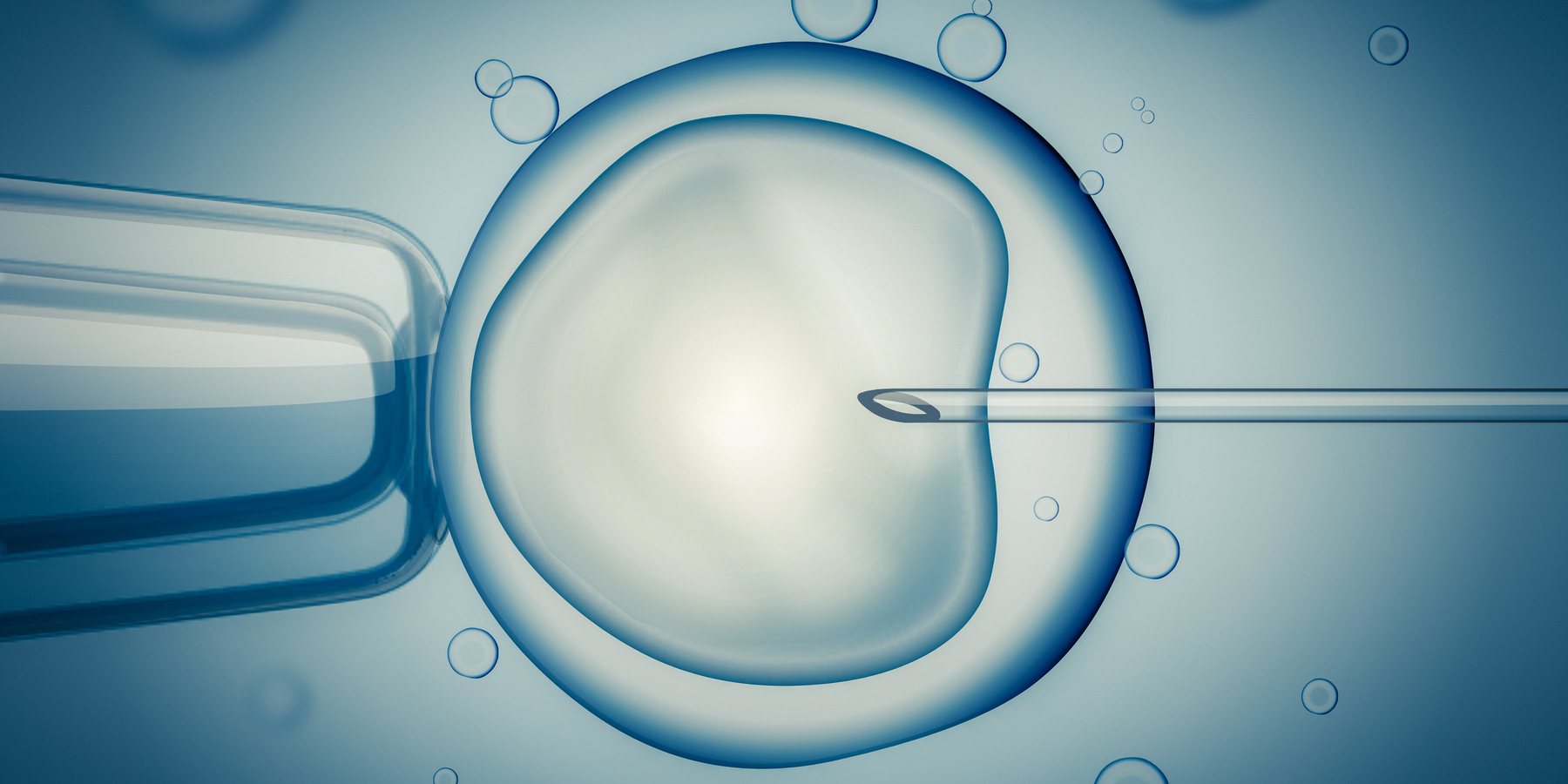
In-vitro fertilisation (IVF) is alternative way for couples to get a child. In the process, this method combines egg and sperm cells outside the human body. After that, the fertilised egg (embryo) will be transferred back to the prospective mother's womb.
The IVF method is ideal for those who have limitations on reproductive system health, such as:
- Women who have abnormalities in their fallopian tube
- Women who experience endometriosis
- Men with little sperm count or their sperm are unable to survive in the cervix
- A person with low fertility
The initial stage of IVF is follicle development. In this stage, female partners will be given injections of hormones to stimulate the formation of follicles in the ovary to produce healthy and mature eggs. This hormone injection is given for 10-20 days, accompanied by a blood test and ultrasound to monitor follicular development. After the follicle reaches 18 mm in diameter, the patient will be given a new hormone, hCG (human Chorionic Gonadotropin) to help maturing the egg. Next, the egg will be taken.
The egg that has been taken will be immediately examined using a microscope. If the egg cell has been declared healthy and mature, then the process goes to the next stage, which is the process of fertilising the egg. The male partner's sperm cell samples will be processed in a laboratory for the egg cell insemination. The process of insemination can be done in two ways; conventionally - bringing together sperm cells and egg cells in one container so that fertilization will occur naturally - and intra-cytoplasmic sperm injection (ICSI), which involves injecting direct sperm cells into the egg. The fertilised egg (embryo) will usually be stored for 5-6 days until the embryo is ready to be transferred back to the mother's womb.
Text by Anggie Triana
Stock photos from Image Google Search
Source(s):
- In Vitro Fertilization (2016). https://www.hopkinsmedicine.org/gynecology_obstetrics/specialty_areas/fertility-center/infertility-services/ART-procedures/ivf.html, February 14, 2019.